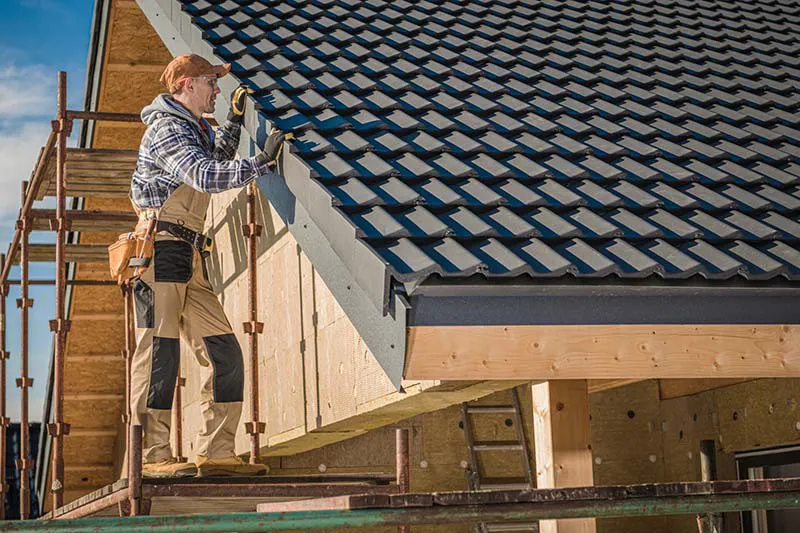Attic ventilation is a crucial aspect of maintaining the health and longevity of your home. Proper ventilation ensures that your attic remains cool and dry throughout the year, preventing a myriad of issues such as mold growth, rotting roof decks, and compromised insulation. In this guide, we’ll delve deep into the two primary types of attic ventilation: Turtle Vents and Ridge Vents, and help you determine which is the best fit for your home.
The Significance of Attic Ventilation
When hot air becomes trapped in your attic, it can lead to condensation, which in turn results in moisture accumulation. This moisture can foster mold growth, which is not only harmful to your health but can also lead to structural damage. Furthermore, moisture can diminish the effectiveness of insulation, cause roof decking to warp, and even lead to the formation of ice dams, which are a significant cause of water damage.
Understanding Turtle Vents
Often referred to as box vents or louvers, turtle vents are positioned evenly across the roof, particularly near the roof’s ridges. Here are some key points to consider:
- Ease of Installation: One of the primary advantages of turtle vents is their ease of installation. Whether you’re adding them to an existing system or installing them afresh, the process is straightforward.
- Cost-Effectiveness: For homeowners on a budget, turtle vents are an affordable option to enhance attic ventilation
- Potential Drawbacks: While turtle vents can be a viable choice for additional ventilation, they might not be the best option for a complete attic ventilation system. Incorrect installation can lead to water leakage. Moreover, they might not be as efficient as ridge vents, and some homeowners might find them less aesthetically pleasing.
Making a Case for Ridge Vents
Preferred by many experienced roofing contractors, ridge vents offer a range of benefits:
- Efficiency: Compared to turtle vents, ridge vents are twice as efficient. While you’d need a turtle vent for every 150 square feet of attic floor space, with ridge vents, you only require one for every 300 square feet.
- Aesthetics: Ridge vents seamlessly integrate into the roof’s design, making them virtually invisible from the ground.
- Leak-Proof Design: One of the standout features of ridge vents is their interior baffles, which prevent precipitation from entering while ensuring continuous airflow.
The Roofing Center: Your Trusted Partner
When it comes to ensuring the best attic ventilation for your home, it’s essential to collaborate with experts who understand the intricacies of roofing. At The Roofing Center, we pride ourselves on offering top-notch roofing service in Salt Lake City. Whether you’re considering turtle vents, ridge vents, or any other roofing solution, our team is here to guide you every step of the way. Remember, a well-ventilated attic is not just about protecting your home; it’s about ensuring the comfort and safety of your loved ones.
For those in Salt Lake City looking for a reliable roofer, The Roofing Center stands out as a beacon of quality and trustworthiness. Don’t compromise on your home’s health; choose the best roofing companies in Salt Lake City and ensure peace of mind for years to come.







